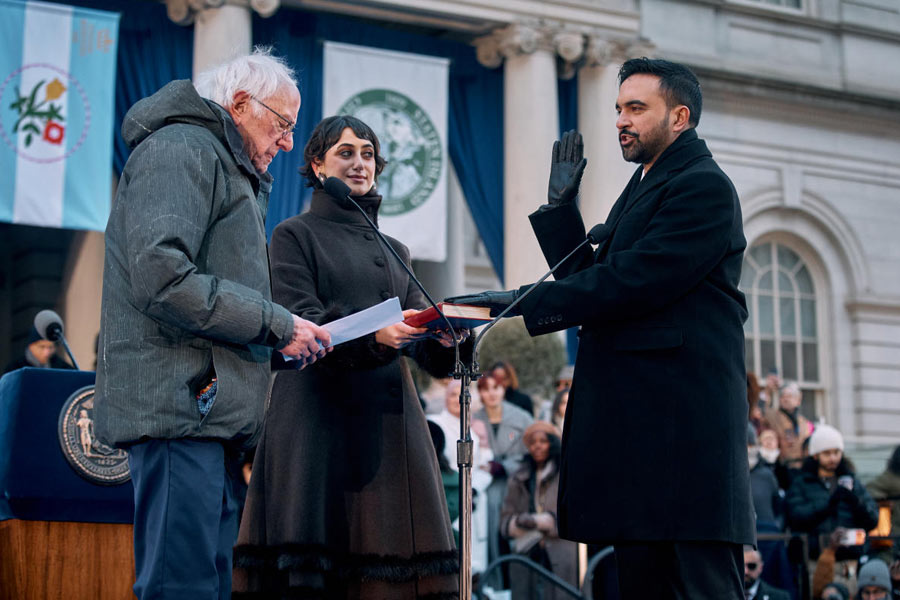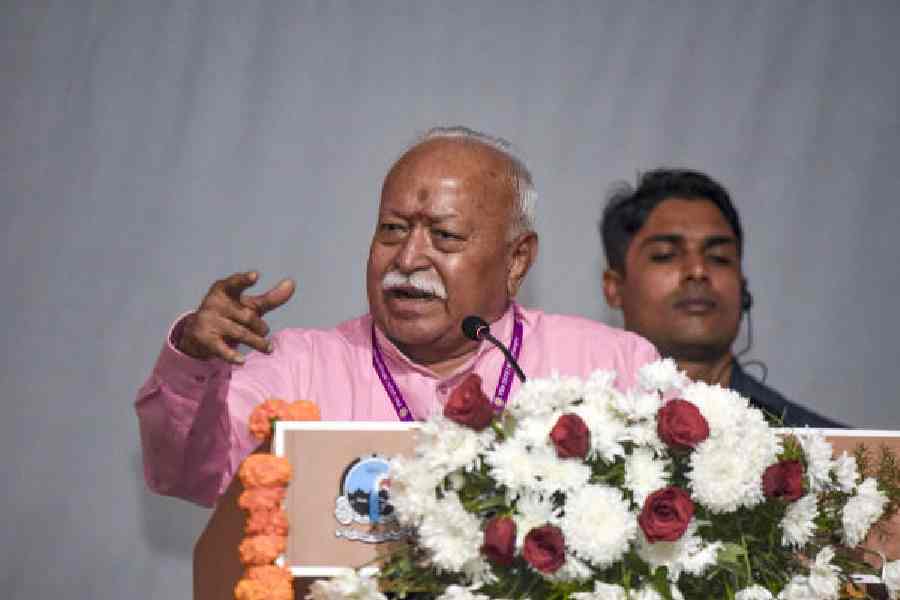 |
| Warren Hastings |
APPROPRIATION AND INVENTION OF TRADITION: THE EAST INDIA COMPANY AND HINDU LAW IN EARLY COLONIAL BENGAL
By Nandini Bhattacharyya-Panda,
Oxford, Rs 645
Is there something called Hindu law? This scholarly book’s emphatic answer to the question would be in the negative. Nandini Bhattacharyya-Panda argues rather convincingly that what is known as Hindu law in common parlance and in Indian jurisprudence is a late eighteenth century construction by British administrators based on a very selective and deliberately lop-sided reading of the Dharmasastras.
Her points of departure are two. First, the literature of the Dharmasastras, as indeed the name suggests, was not, and was not intended to be a manual for law in the way British officials of the eighteenth understood the term ‘law’. The literature embodied certain moral guidelines, normative codes of conduct and social philosophies. These never had the status of codified laws. Second, given that in the late eighteenth century the British had come to acquire with full sovereign right large tracts of territory in Bengal, they needed, for the purposes of ruling, the existing laws relating to property and inheritance.
Such a body of knowledge was not readily available. So the British, for their own imperial interests, created it. They “transformed the prescriptive, normative, and moralistic rules embodied in the Dharmasastras into legal rules to be directly administered in court’.” The British thus invented a tradition.
Bhattacharyya-Panda argues her case through an archive that has never been tapped before, even though scholars knew of its existence. This archive consists of the Sanskrit texts the British used (with the help of Brahmin pundits) to arrive at what they called Hindu law. It is rare to find a historian of modern India equipped to read and use Sanskrit material. The author of this book is that rare scholar, and she should be congratulated for having opened up a new line of enquiry in the field of modern Indian history.
What the British produced was the first digest of “Hindu law’’ in Sanskrit, the Vivadarnavasetu, and its English rendering (by N.B. Halhed), The Code of Gentoo Laws. The initiative to produce this was taken in 1772 by Warren Hastings soon after he was appointed Governor-General. He appointed a team of 11 pundits to prepare the compendium. A second initiative was taken by William Jones. This was the compilation called Vivadabhangarnava. Jones began the translation of this text; he died before he could finish the work and it was completed by H.T. Colebrooke and published as A Digest of Hindoo Laws in 1801.
Hastings, Jones and the Britons involved in the project of producing a body of Hindu law ignored the fundamental point that “the primary concern of the Dharmasastras was the community and the individual and not the state.’’ The Brahmin pundits involved in the project were unaware that one of its purposes was the undermining of the authority and influence of Brahmin pundits in society. They may have often not understood the questions posed to them by their white masters.
This is by no means an easy book to read. The subject matter is complex and the argument is based on a very close reading of arcane texts . Bhattacharyya-Panda in many ways does an admirable job in a difficult scholarly terrain. Her book shows that the British conquered India in many ways, by the sword and also through knowledge. To build an empire, it was necessary to plunder and to build an edifice that was new but had the acquiescence of the subject people.











